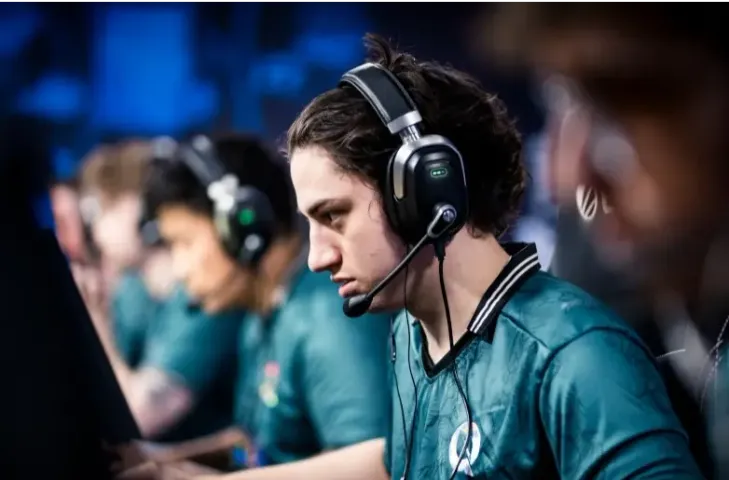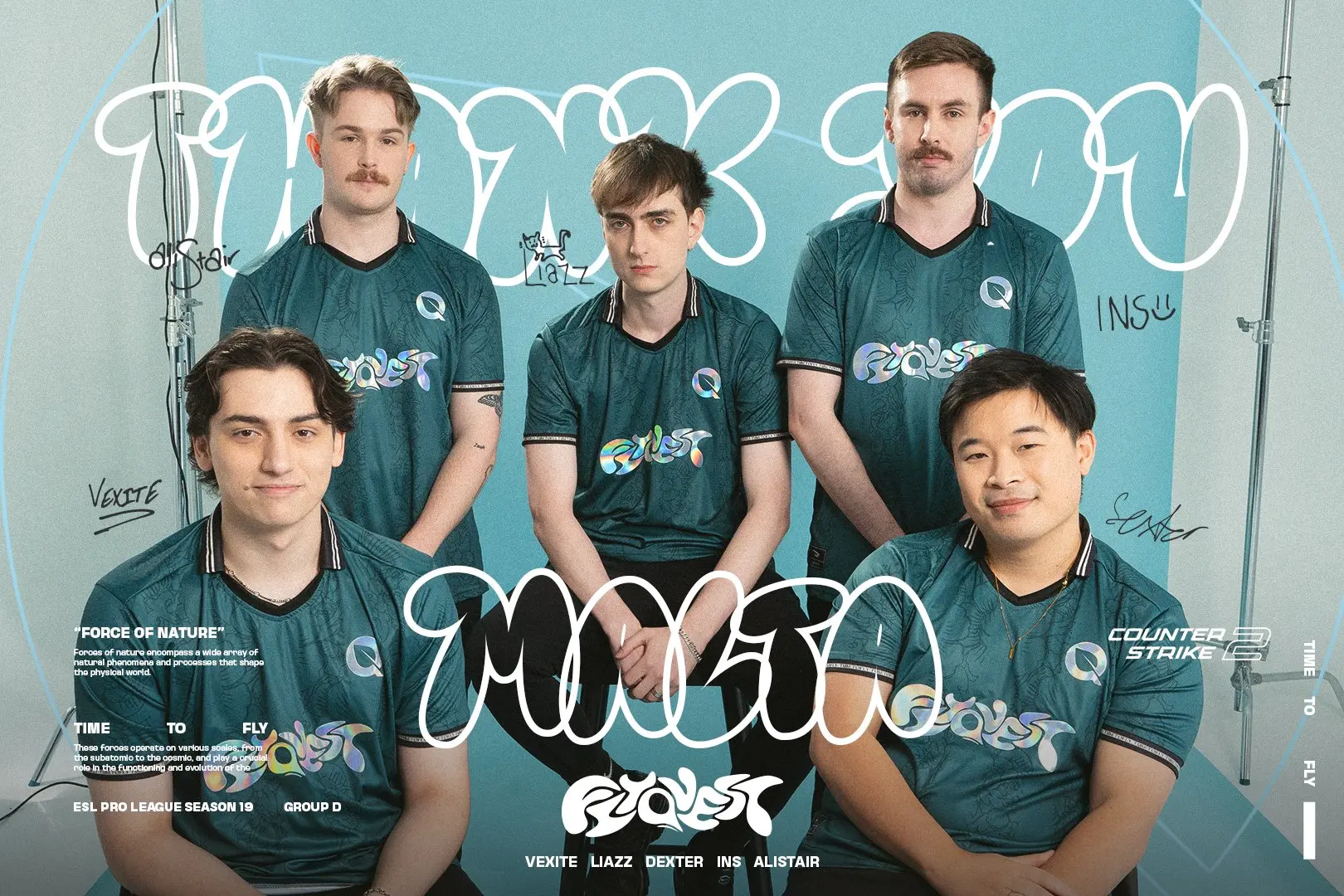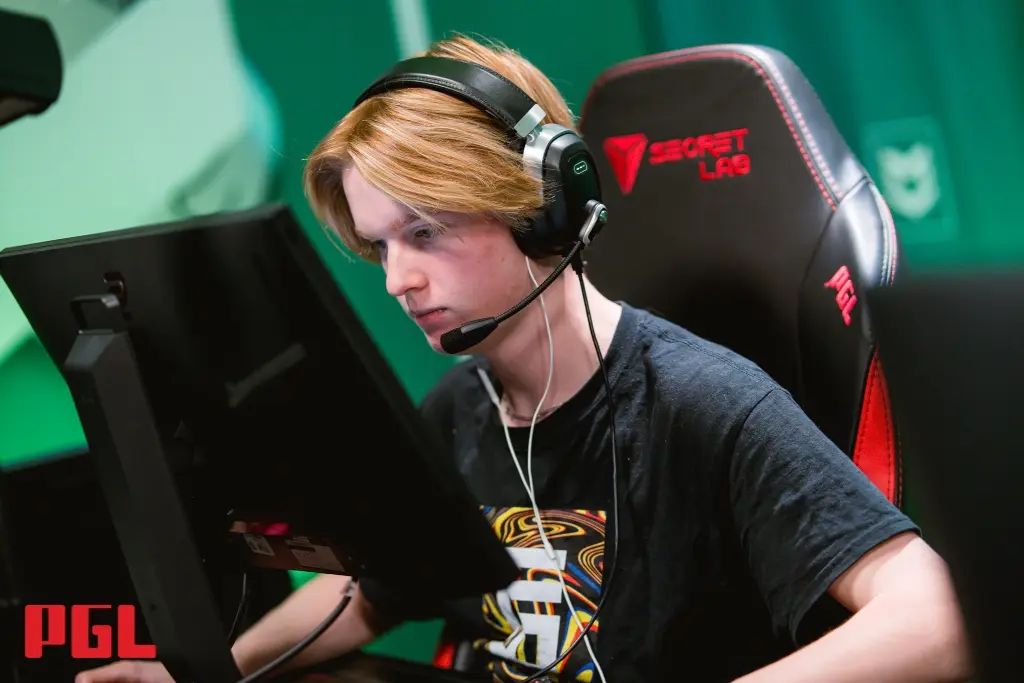Article
13:38, 17.05.2024

The Counter-Strike 2 scene in Australia and New Zealand has long grappled with unique challenges, primarily characterised by an ageing player base and a scarcity of emerging talent. Despite the region's passionate fan base and rich history in earlier versions of the game, local organisations and facilities have struggled to keep pace with global standards. Efforts by ESL to revitalise the scene have yet to yield significant success, leaving the community yearning for a resurgence. This article highlights five young prodigies who may hold the key to revitalising the competitive spirit and success of CS2 down under.
The challenges of CS2 in Australia and New Zealand
The CS2 scene in Australia and New Zealand faces a multifaceted struggle, deeply rooted in both infrastructure and talent development. Historically, the region has lacked the kind of robust esports organisations found in Europe and North America, which significantly hampers the development of local talent and the hosting of large-scale international events. This has often resulted in a talent drain, with promising players moving overseas to seek better opportunities, further depleting the local competitive pool.
Moreover, the esports facilities in the region have not kept up with the rapid advancements seen in other parts of the world. This disadvantage makes it difficult for local players to train at a high standard, which is essential for competing on the international stage. Additionally, the financial backing for teams and events in Australia and New Zealand has traditionally been inconsistent, with sporadic sponsorship and limited media coverage impacting the overall growth of the scene.

Another significant issue is the demographic composition of the player base. The scene is dominated by veteran players, with few opportunities and platforms for nurturing new talent. This imbalance has led to a stagnation in the evolution of gameplay strategies and a delay in adopting new meta-game tactics, making it challenging for teams to perform well internationally.
These structural challenges necessitate a concerted effort from local organisations, sponsors, and the community to create a sustainable development model that can cultivate and retain local talent. Without such efforts, the region risks remaining on the periphery of the global CS2 competitive landscape. The upcoming player profiles will explore the potential of young talents who are emerging as beacons of hope for a struggling scene, suggesting that, despite these challenges, there are still opportunities for growth and success.
Player profiles
Nettik, at just 20 years old, is already making waves as Rooster's standout player. With 454 maps under his belt and $11,480 in earnings, Corey has proven his worth at significant events, impressing with a 7.1 rating, 95 ADR, and 0.85 KPR. His performances suggest he could be a driving force in elevating Australia's presence on the CS2 international stage.
Vexite, often hailed as the biggest talent in Australian CS2, plays for FlyQuest, the top team in the region. At 19 years old, with 568 maps and $28,313 in prize money, Vexite's growth is notable. His 6.3 rating, 73 ADR, and 0.7 KPR reflect rapid improvement, marking him as a player to watch in the evolving CS2 landscape.

Jared "HaZR" O'Bree (Bad News Kangaroos)
With more than 1027 maps played and $30,276 in earnings, 22-year-old HaZR is a veteran of the Australian scene. Despite limited exposure at international events, his experience is invaluable. His stats, including a 6.6 rating, 84 ADR, and 0.77 KPR, demonstrate his capability and potential to lead newer players.
Tyson "asap" Paterson (Rooster)
Asap, another bright talent from Rooster, aims to redefine competitive standards locally at only 20 years old. His contribution of 428 maps and $10,993 in earnings, alongside a 5.9 rating, 70 ADR, and 0.64 KPR, underscores his potential to push the envelope in regional competitions.
James "SaVage" Savage
Unattached 19-year-old SaVage has had a tumultuous career path but remains one of the most promising players in Australia. Despite organisational setbacks, his performance stats over 429 maps—6.3 rating, 72 ADR, and 0.68 KPR—speak to his resilience and continued potential to impact the scene significantly.


Conclusion
These five players represent not just the future of CS2 in Australia and New Zealand, but also the potential catalysts for a significant revival of the region's competitive scene. Their unique skills and promising early careers suggest that with the right support and opportunities, they could help propel Australia and New Zealand back into the spotlight of international CS2 competition. Local organisations and international sponsors should focus on nurturing these talents, ensuring the growth and sustainability of the CS2 scene down under. The commitment to developing a strong local infrastructure and a supportive community could be the key to unlocking the vast potential of these emerging stars.
Upcoming Top Matches
Latest top articles








Comments